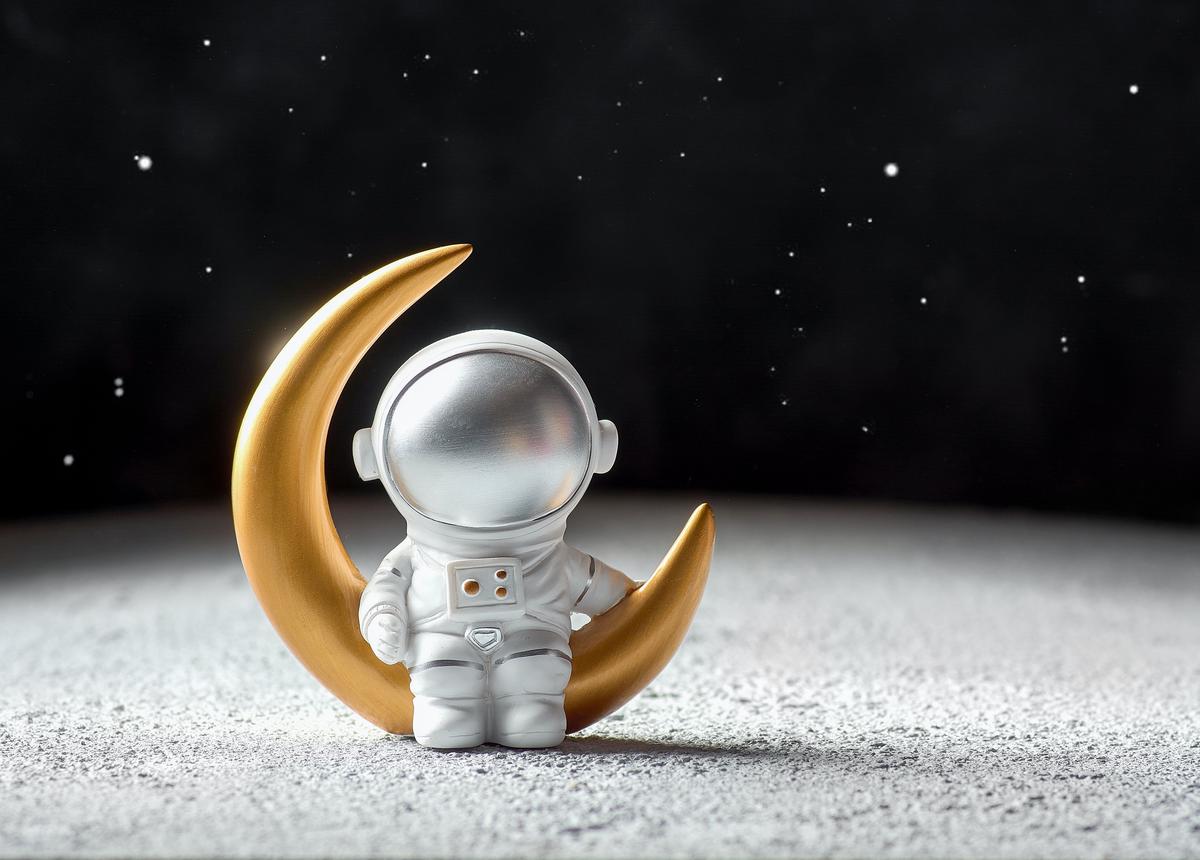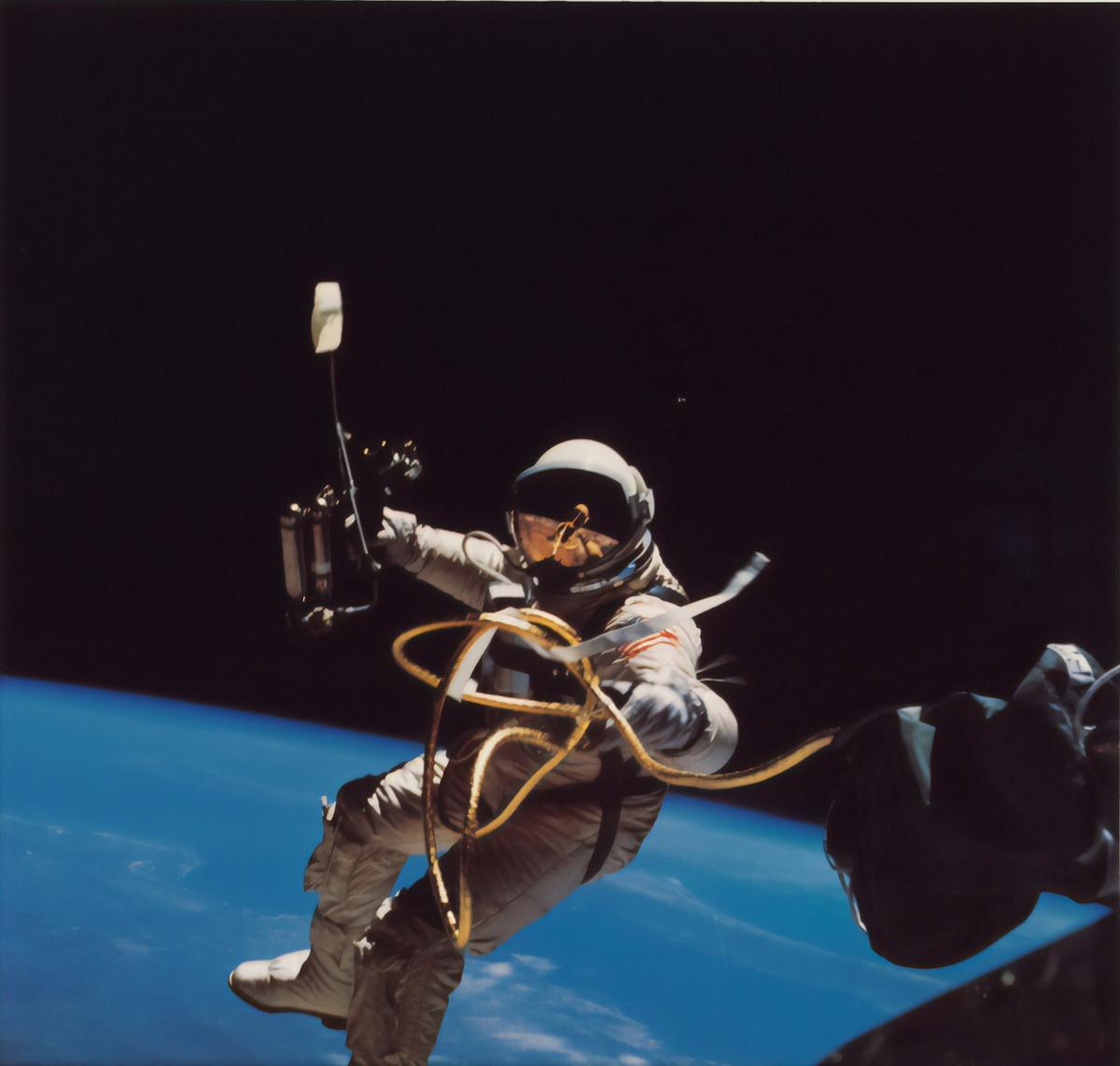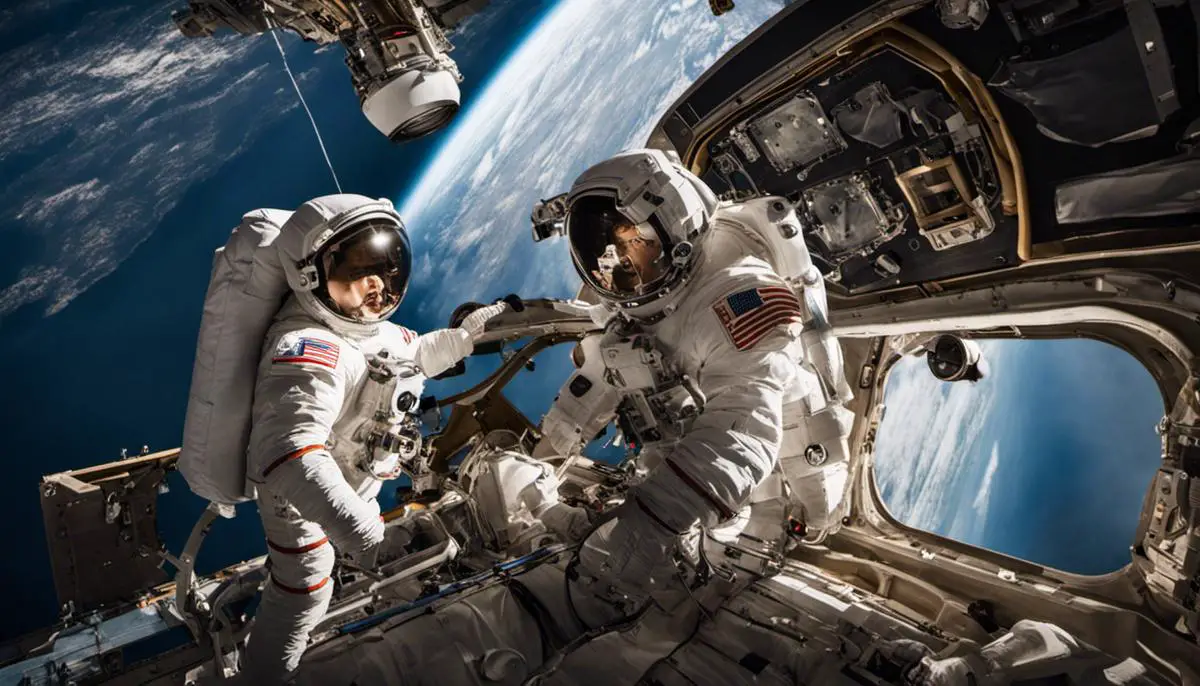Since the dawn of the Space Age with the Apollo missions, the subject of astronaut health has been a matter of paramount importance to NASA and other space agencies worldwide. The astronauts who dared to venture into the cosmos, braving dangers unknown, have not only expanded our understanding of the universe but also of the human body’s response to such adverse conditions. The physical, mental, and long-term health impacts of these feats of exploration, resulting from exposure to a microgravity environment, cosmic radiation, and intense psychological stressors, have given rise to a new field of medical study. This investigation touches on each of these aspects, delving into the immediate physical impacts post-mission, the long-term health consequences faced by Apollo mission astronauts, and the profound psychological effects of space travel.
Contents
Physical Health Effects Post-Mission
Physical Health Effects Post-Mission: Bone Density and Muscle Mass Loss
Astronauts who participated in the Apollo missions experienced significant physical health effects post-mission, one of the most grievous being the loss of bone density and muscle mass. The human body’s musculoskeletal system is designed to work against gravity; in the absence of this gravitational environment in space, both bone and muscle tissue begin to deteriorate. This condition was particularly experienced among Apollo astronauts, especially those who embarked on longer missions. In some cases, astronauts lost up to 1% of bone mass each month while in.space, most notably in weight-bearing areas such as the hip and spine. This bone loss could potentially increase the astronauts’ risk for fractures later in life.
Muscle mass loss was also a prominent health issue post-mission, as it was estimated that astronauts lost an average of 20% of their muscle mass on spaceflights lasting five to 11 days. This was due to muscle atrophy, as the weightless environment in space led to reduced muscle use. Post-mission recovery of muscle mass varied among astronauts, but certain individuals experienced chronic problems, which could disrupt balance and mobility.
Cardiovascular Changes: The Apollo Astronaut’s Heart
The cardiovascular changes experienced by Apollo astronauts constitute another significant health impact. Studies have indicated a potentially increased risk of cardiovascular disease among astronauts post-mission. This is linked to the exposure they receive from deep space radiation during their missions, which can cause damage to the cardiovascular system, leading to diseases such as atherosclerosis.
In addition to this, NASA’s Apollo Lunar Astronaut Epidemiology Study discovered that Apollo lunar astronauts had an elevated risk for cardiovascular problems. Such problems include coronary heart diseases, hypertension, and stroke. Furthermore, the absence of gravity can cause a redistribution of body fluids, resulting in cardiovascular deconditioning, where the heart muscle weakens due to lack of exercise.
Impact of Microgravity on the Eyes of Apollo Astronauts
Apollo astronauts also experienced ocular changes upon their return. Microgravity exposure resulted in a condition known as Spaceflight Associated Neuro-ocular Syndrome (SANS). This condition involves significant changes to the astronaut’s eyes, including swelling of the optic disc, changes in the retina, and alterations in the structure of the eyeball itself. It’s speculated that this syndrome is due to the redistribution of body fluids towards the head in the absence of gravity, causing increased pressure in the brain and the eyes. In some severe cases, astronauts have reported blurry vision and even partial loss of sight.
As pioneers in the field of space exploration, the Apollo missions indeed achieved what was previously thought to be impossible. However, these landmark missions were not without their demerits, specifically in terms of the physical health challenges faced by astronauts post-mission. The loss of bone density and muscle mass, significant cardiovascular transformations, and eye-related issues attributed to their prolonged exposure to microgravity represent some of the most critical health impacts. These findings subsequently revolutionized space health and medical research, subsequently refining the health monitoring protocols, pre-mission preparations, and on-fly healthcare services for modern astronauts.

Long-Term Health Consequences
Understanding Space Radiation and Its Implications on Astronauts’ Health
The profound impact of radiation exposure during the Apollo missions is an aspect of astronaut health that warrants comprehensive understanding. The contrast is stark in comparison to Earth, where we are shielded by the atmosphere and magnetic field, ensuring we are not directly exposed to cosmic rays and solar particle events. Such forms of radiation are notorious for their destructive capabilities at a cellular level, significantly elevating the long-term cancer risks. The Apollo missions were journeys beyond the Earth’s safeguarding magnetosphere to the moon, thus exposing the astronauts to even more acute radiation levels.
The National Cancer Institute reports that multiple studies have been initiated to evaluate this risk, primarily through comparing the cancer prevalence in astronauts relative to the average population. Given the astronauts’ superior physical condition and the benefit of regular medical check-ups, most of the research has primarily centered around mortality rates.
Impact of Microgravity
The Apollo astronauts were also the first humans to spend time in a microgravity environment, which presents its own set of health risks. Microgravity causes a shift in bodily fluids, leading to changes in the cardiovascular system, and has been linked to vision problems due to increased intracranial pressure.
More importantly, perhaps, is the impact on the skeletal system. Studies carried out by NASA and the European Space Agency (ESA) have shown that astronauts can lose up to 1-2 percent of bone mass per month spent in space. This bone loss, particularly in the lower spine and hips, increases the risk of osteoporosis and bone fractures in the long term.
Possible Accelerated Aging
In addition to radiation exposure and microgravity, there is debate among researchers about whether space travel may have an effect on aging. Molecular changes observed in astronauts, such as telomere lengthening, changes in gene expression and mitochondrial function, mimic certain aspects of the aging process on Earth.
However, these observations have been primarily based on astronauts spending long periods of time on the International Space Station (ISS), and it remains unclear whether the short duration of the Apollo missions (about 8 days) would have allowed for similar effects.
Resilience of Astronaut Health
Despite these health risks, studies have consistently showed that astronauts from the Apollo era have not experienced significantly higher rates of death from cardiovascular disease or cancer compared to the general population. This resilience may be partly due to the rigorous selection and training process of astronauts, which ensures they are generally healthier and fitter than average individuals. There is also ongoing healthcare and surveillance for astronauts after returning from space missions, offering the opportunity for early detection of diseases.
Persistent Health Investigations
Health effects, particularly long-term, as a result of the Apollo missions are still a topic of continuous research. The aim of these studies is to enhance the health guidelines for future space explorations, especially the ones taking much longer duration like the projected missions to Mars. In a recent development, NASA’s Lunar Reconnaissance Orbiter mapped out the radiation exposure on the moon’s surface, a critical factor in ensuring the safety of future moon settlers. This continuing research by NASA will undeniably expand our knowledge about the lingering health ramifications of space travel.

Photo by kobbymendez on Unsplash
Mental Health and Psychological Impact
Mental Health and Psychological Impact of the Apollo Missions
The journey into deep space, as embarked upon by the astronauts of the Apollo missions, presented considerable tests to their mental and psychological wellbeing. Space travel conditions, being out of the ordinary and often intense, combined with the extended solitude from Earth and familiar sensory stimuli, generated a uniquely stressful environment. The astronauts faced significant alterations in their perceptual experiences, changes in sleep/wake patterns owing to lack of natural light, besides separation from their loved ones and familiar surroundings.
A notable psychological occurrence in astronauts is the “Overview Effect,” a shift in perception driven by the breathtaking view of Earth from space. First recorded by writer Frank White, the phenomenon is described as a transformative experience that underlines the oneness and interdependence of life on Earth, evoking intense feelings of wonder, awe, and a revived consciousness of responsibility towards preserving our planet. Astronauts having experienced the Overview Effect often recount major alterations in their worldview, spiritual beliefs, and comprehension of humanity’s place in the universe.
Conversely, space travel and the accompanied isolation may also lead to mental health issues like depression and anxiety. For instance, conditions such as “space adaptation syndrome,” characterised by symptoms like depression, irritability, insomnia, and cognitive function impairment, can occur due to prolonged containment and solitude. The duration of the Apollo missions, lasting between six to twelve days, under challenging and isolating circumstances could potentially escalate these conditions.
Moreover, astronauts are exposed to tremendous stress. The risk associated with rocketing out of Earth’s atmosphere, living in a confined spacecraft, handling potential mechanical failures, and re-entry to Earth can create significant psychological stress. Such stress can possibly intensify existing psychological disorders or trigger post-traumatic stress disorder (PTSD).
Findings from interviews and self-revealed reports of Apollo astronauts hint at a significant psychological aftermath post the missions. Astronauts have admitted to feelings of unease, despair, and a sense of lacking purpose on concluding their NASA careers. This is recognized as the “let-down effect,” a physiological reaction that occurs when a phase of stress or threat has ended, leaving the individual feeling disoriented and despondent.
A number of Apollo astronauts also reported challenges when it came to readjusting to life back on Earth, particularly in their relationships. The expectation to fulfil the role of national heroes, with the accompanying public scrutiny, often led to enormous pressure and subsequent impacts on their psychological health.
Though the Apollo missions led to significant advancements in the sphere of space exploration, they clearly had a profound impact on astronaut health, both mental and psychological. Factors such as space travel stress, the experience of the Overview Effect, and readjustment to life post-mission all contribute to overall astronaut wellbeing. This highlights the importance of not only physical health but mental resilience for astronauts. The lessons learned from these missions continue to guide and improve psychological support provided to present and future astronauts.

Impact on Future Space Travel Health Guidance
Physiological Impact of Apollo Missions on Astronaut Health
The Apollo missions, spearheaded by NASA between 1961 and 1972, played a pivotal role in enhancing human knowledge of the implications of space flight on astronaut health. The program’s 12 manned missions generated crucial data on both physiological and psychological aspects of space travel. This wealth of information has subsequently induced significant evolution in the creation of health guidelines, strategies, and technological advancements to safeguard astronauts in future space missions.Microgravity and Bone Loss
One of the significant findings from the Apollo missions was the effect of microgravity on bone density. Astronauts who spent extended periods in a weightless environment experienced significant bone loss, leading to osteopenia or osteoporosis. These discoveries led to advancements in in-flight countermeasures, such as resistance exercise devices, and ongoing research into pharmacological intervention methods. These improvements aim to reduce the risk of bone loss during long-duration space flights and enhance astronaut health and performance.Radiation Exposure
The Apollo missions also provided crucial data on the risk of radiation exposure in space. The spacecraft’s shields, designed to protect astronauts from solar particle events and cosmic rays, were not entirely effective, leading to concerns about possible health effects. These findings led to substantial strides in spacecraft and spacesuit design to improve radiation shielding. Further, it initiated advanced research into the biological effects of radiation, resulting in better protection plans and medical treatment protocols for future astronauts.Psychological Health and Isolation
The psychological effects of extended periods in space were another important factor to consider. The Apollo missions revealed challenges related to confinement, isolation, and a stressful environment, which could potentially lead to psychological issues. In response to these findings, psychological support and strategies have become an integral part of astronaut training programs to ensure astronauts’ mental well-being during long-duration spaceflights.Cardiovascular System Changes
A noteworthy finding was the impact of space travel on the cardiovascular system. The Apollo astronauts showed symptoms of orthostatic intolerance after returning to Earth’s gravity. These findings led to a greater understanding of the cardiovascular adaptations to spaceflight and resulted in the development of countermeasures, such as reconditioning programs and fluid-loading protocols, implemented to prepare astronauts for return to Earth.Vision Impairment
Lastly, exposure to prolonged microgravity can cause vision impairment. The Apollo missions provided early evidence of these effects, leading to extensive research on the underlying causes and potential mitigation measures. As a result, eye exams and visual acuity tests are now part of routine astronaut healthcare, and research is underway to develop therapies to counteract the observed vision changes.In summary, the Apollo missions greatly informed health findings relevant to extended space travel. The lessons learned continue to guide astronaut training, healthcare practices, and technology design to this day, ensuring the safety of modern and future space explorers. They highlight the ongoing need to monitor and study astronaut health to continue advancing human space exploration.

The health related findings from the Apollo missions have significantly shaped the manner in which astronaut training, spacecraft design, and healthcare practices for space travel are approached. It is through understanding the risks and effects of space travel on astronaut health, we are better equipped for future ventures into the cosmos. The knowledge gained underscores the resilience and adaptability of the human body, shedding light on our intrinsic capacity to confront and overcome adversity, even when that adversity is as vast and daunting as the universe itself. Thus, the Apollo mission’s legacy transcends beyond scientific discovery and space exploration but also pioneers understanding of human health and wellbeing during long-duration spaceflight.
